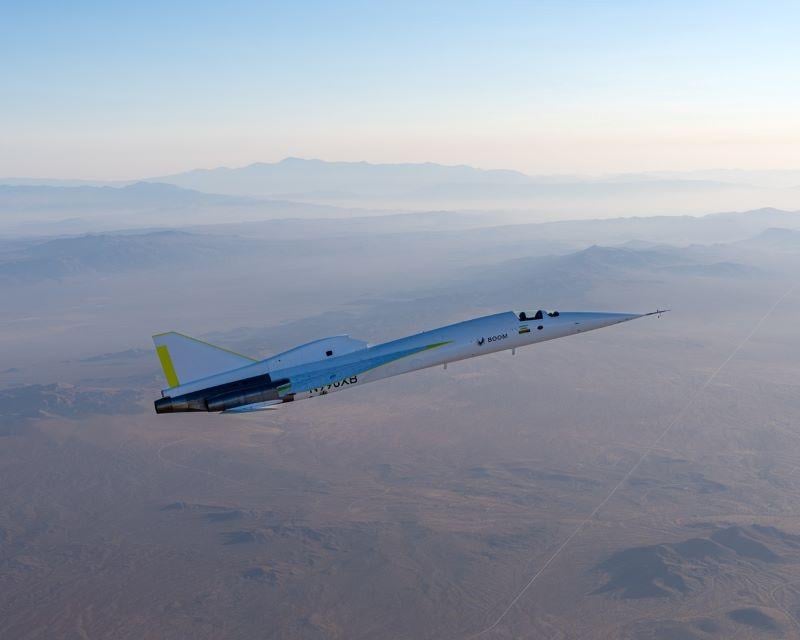
Credit: Boom Supersonic
Boom Supersonic’s XB-1 demonstrator—the first privately-developed faster-than-sound civil aircraft—made a successful second flight from Mojave Air & Space Port, California, on Aug. 26. The flight, which included the first in-flight retraction and extension of the landing gear, was aimed primarily at...
Subscription Required
Boom’s XB-1 Supersonic Demonstrator Returns To Flight is published in Aerospace Daily & Defense Report, an Aviation Week Intelligence Network (AWIN) Market Briefing and is included with your AWIN membership.
Already a member of AWIN or subscribe to Aerospace Daily & Defense Report through your company? Login with your existing email and password.
Not a member? Learn how you can access the market intelligence and data you need to stay abreast of what's happening in the aerospace and defense community.





